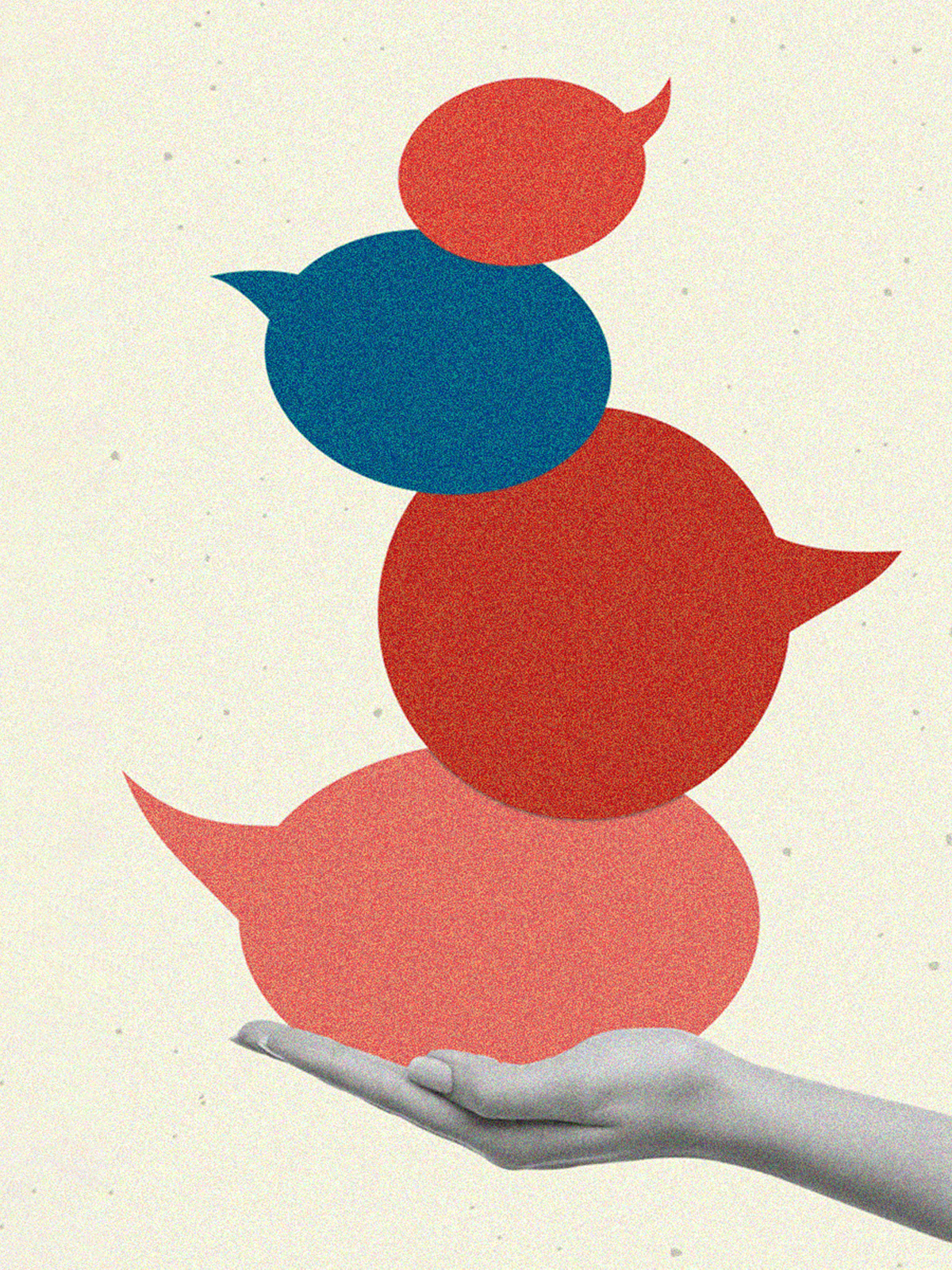In late January 2024, my colleagues and I received startling news. A first-of-its-kind randomized clinical trial testing a potential therapeutic drug for dup15q syndrome was coming to an abrupt end. We had spent nearly 10 years working on this project to help children with this rare neurodevelopmental condition and were not anticipating its untimely termination.
According to Roche Pharmaceuticals, which had sponsored the trial, “the decision to stop was not tied to a prediction of any data, but rather to considerations around company prioritization and opportunities, strategic fit, and other factors.”
Perhaps we should not have been surprised. Only six months earlier, in July 2023, Roche had suspended testing of an antisense oligonucleotide therapy for Angelman syndrome, another rare neurodevelopmental condition, just as the team was preparing for a phase 3 efficacy trial. But my colleagues and I had believed that our dup15q syndrome work, buoyed by a decade of science, advocacy and clinical investment, would be protected.
In response to the trial’s termination, our community of clinicians, researchers and families faced two paths: one of despondency and defeat or one of resiliency and resolve. We wholeheartedly chose the latter. In the weeks that followed, the families we had engaged in this process came forward as extraordinary advocates of our cause.
Together we are still rallying to find a new way forward through new sponsors for the trial. As we do so, I am especially struck by our partnerships with families. The parents and caregivers with whom we have worked are not only consenting participants but true champions of this initiative. Our efforts therefore offer lessons to other research groups seeking to engage with patients and families from a place of shared goals, mutual respect and true collaboration. We have learned that building strong ties with patients and families is essential for researchers working on rare conditions to push their scientific goals forward.
Dup15q syndrome is strongly associated with neurodevelopmental conditions, particularly autism, intellectual disability, motor impairment and epilepsy. It is caused by a duplication on chromosome 15, and the duplicated region contains the UBE3A gene, which is critical for healthy neuronal function, along with several GABAA receptor genes that contribute to GABA (inhibitory) neurotransmission.
T
o date, treatments for dup15q syndrome, as with many other genetic conditions, have addressed only co-occurring symptoms. None have targeted the genetic etiology or, as a result, the condition’s core neurodevelopmental characteristics.Unfortunately, in recent years, even when targeted therapeutics are developed, many clinical trials for genetic neurodevelopmental conditions have failed. The main obstacles to success have included an inability to identify biomarkers of drug target engagement, to define evidence-based endpoints that are sensitive to change, and to engage enough families to ensure adequate enrollment.
In that context, our group, in collaboration with clinicians, scientists and families around the world, had been committed to building clinical trial readiness and avoiding such roadblocks for dup15q syndrome. We partnered directly with the Dup15q Alliance patient advocacy group and Roche Pharmaceuticals, as they had a promising GABAA Negative Allosteric Modulator (GABAA NAM), to proactively address our trial readiness goals.






